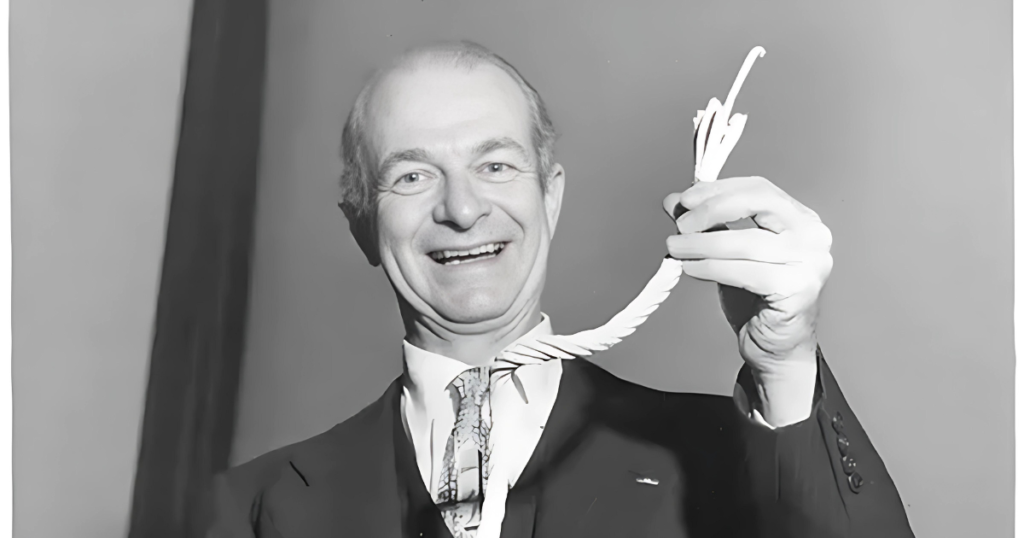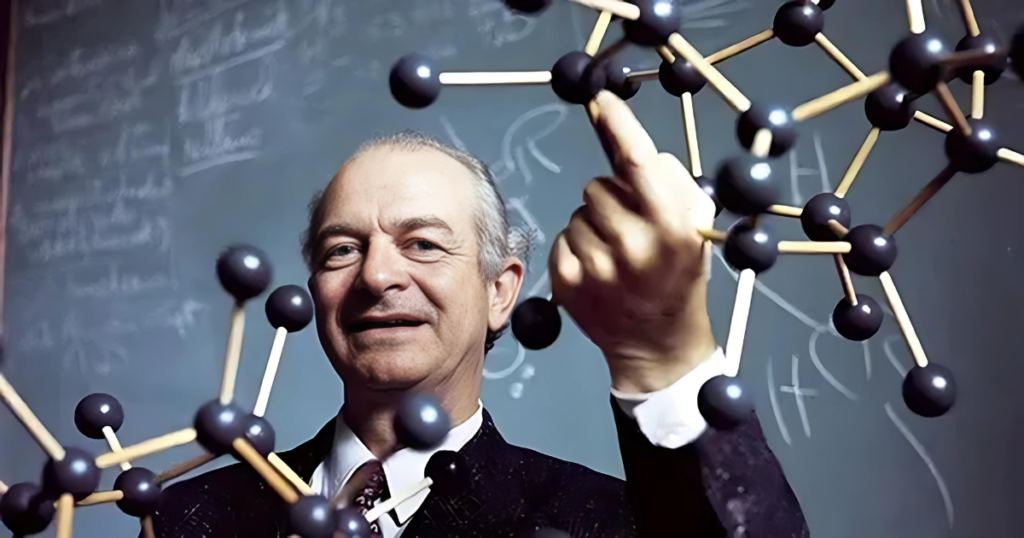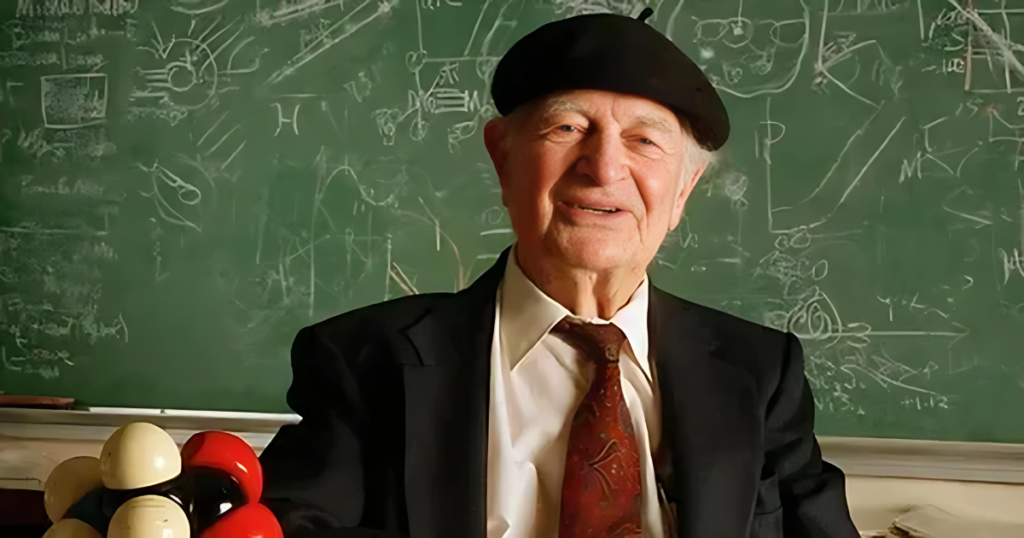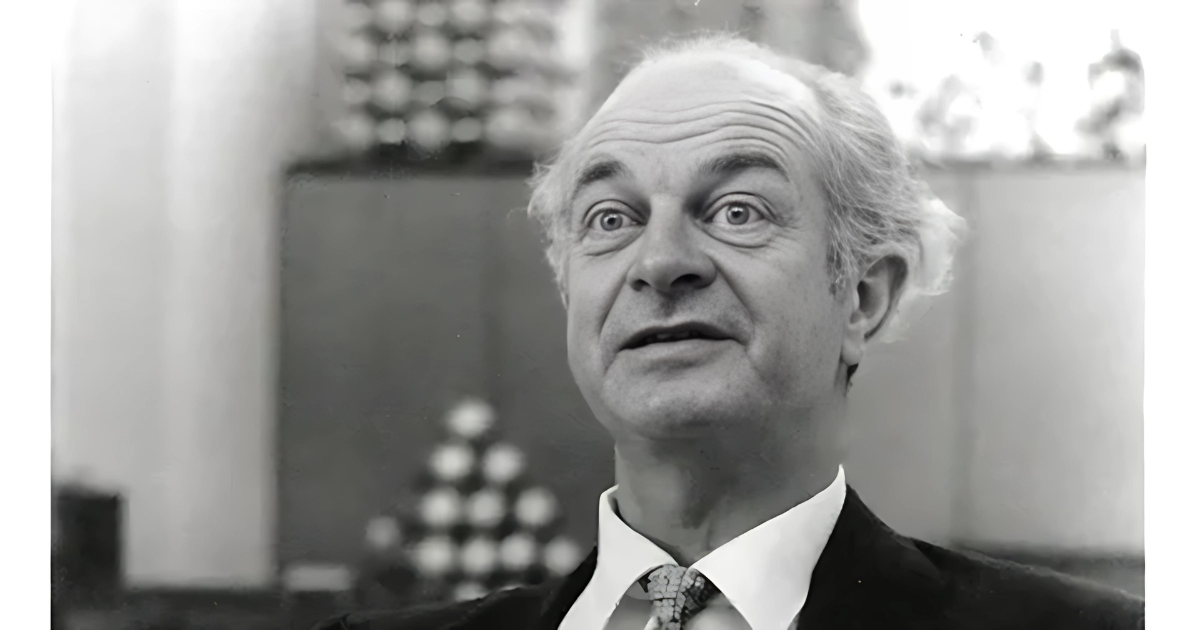Introduction
Linus Pauling was one of the most influential chemists and biochemists of the 20th century. He made major contributions to our understanding of chemical bonding, molecular structure, and the molecular basis of biological processes. Pauling was also a prominent peace activist, using his scientific reputation to advocate against nuclear weapons testing and promote world peace.
In this article, we will explore Pauling’s upbringing and early interest in science, his groundbreaking research, his peace activism, and his lasting legacy on science and society. We’ll also answer some common questions about his life and work.
Read More: Digital News Planet.
Early Life and Education
Linus Carl Pauling was born in Portland, Oregon on February 28, 1901. He was the first-born son of Herman Henry William Pauling, a pharmacist, and Lucy Isabelle Darling, a school teacher. Both parents came from immigrant families and struggled financially, but they encouraged young Linus’s interest in science.
Pauling spent hours reading and conducting chemistry experiments in his basement lab as a child. By age 13, he had enough knowledge of chemistry to be appointed an instructor at Oregon Agricultural College (now Oregon State University).
In 1917, Pauling enrolled at Oregon Agricultural College where he excelled in chemistry and mathematics. He went on to graduate school at the California Institute of Technology (Caltech) in 1922, where he would spend most of his illustrious career.
Pauling obtained his PhD in physical chemistry and quantum mechanics under the guidance of renowned physicists like Arnold Sommerfeld and Richard Tolman. This training shaped his approach as an interdisciplinary scientist, applying insights from physics to problems in structural chemistry and biology.

Contributions to Chemical Bonding Theory
One of Pauling’s earliest and most important achievements was developing a quantum mechanical theory of chemical bonding. In the late 1920s, he combined principles from quantum physics and X-ray crystallography to determine the geometry of atoms and bonds within molecules.
Pauling showed that differences in bond strength and length could be explained by atomic orbitals overlapping to form molecular orbitals. His hybridization theory explained how carbon could form different organic structures and predicted the tetrahedral shape of methane.
These insights allowed Pauling to deduce the correct structure of complex molecules like benzene solely using theoretical principles. His work on hybridization, electronegativity, and resonance laid the foundation of modern valence bond theory. Pauling summarized these ideas in his acclaimed 1939 textbook, The Nature of the Chemical Bond.
Pioneering Biomolecular Structures
In the late 1930s, Pauling became interested in applying his chemical bonding theory to large biological molecules like proteins. At the time, the structures of proteins and DNA were unknown.
In 1951 Pauling correctly deduced the alpha helix structure of proteins, realizing that a helical arrangement maximized hydrogen bonding to maintain the structure. This was the first successful theoretical prediction of a complex biomolecular structure.
Pauling also helped discover that sickle cell anemia was caused by a genetic mutation leading to malformed hemoglobin. This was one of the first demonstrations that a genetic disease could be traced to the molecular level.
Although his proposed triple helix model of DNA was incorrect, Pauling’s application of quantum theory to biomolecules helped pave the way for modern molecular biology.

Vitamin C Advocacy and Orthomolecular Medicine
In addition to his theoretical work, Pauling conducted empirical studies on the role of vitamins and minerals in preventing disease. He became convinced that high doses of vitamin C could prevent conditions like the common cold.
Despite criticism from some in the medical community, Pauling advocated vitamin C supplementation through popular books and the concept of orthomolecular medicine. These ideas were influential in the development of alternative and nutritional approaches for maintaining health.
Although the benefits of mega dosage vitamin C are still debated, Pauling brought attention to the importance of vitamins and nutrition at the molecular level – as “orthomolecules” that could prevent disease.
Peace Activism and Political Criticism
As his scientific fame grew, Pauling became more politically active, using his prestige to advocate for peace and disarmament. His experiences with radiation exposure led Pauling to oppose nuclear weapons testing in the late 1950s.
In 1958, Pauling organized a petition signed by over 9,000 scientists to stop atmospheric nuclear testing. He presented this to the United Nations and gained international attention for his campaign. Pauling later co-founded the International League of Humanists for Peace.
For his peace activism, Pauling was awarded the 1962 Nobel Peace Prize – making him the only person to receive two unshared Nobel Prizes. However, his political views also led him to be denied entry to the Soviet Union and criticized as a communist sympathizer. Pauling challenged the ignorance and intolerance he perceived during the McCarthy era in works like No More War! (1958).
Legacy and Recognition
Linus Pauling made outstanding contributions to structural chemistry, molecular biology, and our basic understanding of chemical bonding. His early quantum mechanical work enabled the determination of biomolecular structures that are taken for granted today.
Pauling combined theoretical brilliance with an activist spirit, using his reputation to promote peace and nutritional health. He published over 500 papers and dozens of books influencing generations of scientists.
Among numerous honors, Pauling received the Nobel Prize in Chemistry in 1954 and the Nobel Peace Prize in 1962. He was also awarded the Presidential Medal of Freedom in 1964 for his peace efforts.
Pauling’s approaches anticipated major fields like molecular biology, nutrition and diet in disease prevention, and environmental activism. He exemplified the social responsibility of scientists to create knowledge that protects human life and dignity.

Conclusion
In this article, we have explored the remarkable life and contributions of Linus Pauling – one of the most important and influential scientists of the modern era. His work revolutionized our understanding of chemistry at the molecular level while his activism exemplified using prestige for the public good. Pauling’s legacy lives on in the structures of DNA, proteins, and antibodies that form the basis of biotechnology today. His story is an inspiration to all who seek to create scientific knowledge that makes the world healthier, more just, and more peaceful.
-
What did Linus Pauling discover?
Pauling made several major scientific discoveries. These include:
The nature of chemical bonding shows how quantum physics determines molecular structure.
The alpha helix structure of proteins.
The concept of hybridization explains organic molecular shapes.
The molecular basis of sickle cell anemia.
The theory of orthomolecular medicine, advocating vitamin supplementation. -
What were Linus Pauling’s major contributions to chemistry?
His most important contributions to chemistry were:
Establishing the theory of chemical bonding by applying quantum mechanics.
Determining the geometry and hybridization of valence bond orbitals.
Elucidating the role of electronegativity in polar bonds.
Developing concepts like resonance and orbitals to explain aromatic molecules.
Proposing the correct structures of complex biomolecules like proteins. -
What vitamin did Linus Pauling discover?
Pauling did not discover a new vitamin. However, he extensively studied and advocated for the health benefits of vitamin C or ascorbic acid. Pauling proposed that taking high doses of vitamin C could prevent colds and other illnesses.
-
What was Linus Pauling’s cause of death?
Pauling died on August 19, 1994, at the age of 93 from prostate cancer. He lived with this disease for 15 years but ultimately succumbed at his ranch in Big Sur, California. Pauling attributed his long survival with cancer to his megadose vitamin C regimen.
-
How many Nobel Prizes did Linus Pauling win?
Pauling won two Nobel Prizes. He received the Nobel Prize for Chemistry in 1954 for his work on chemical bonds and molecular structures. In 1962, he won the Nobel Peace Prize for his activism promoting nuclear disarmament and peace.
-
What did Linus Pauling invent?
While not an inventor, Pauling discovered the structures of important biological molecules. This includes the alpha helix shape of proteins and the concept of hybridized atomic orbitals. Pauling is also credited with inventing modern theories of chemical bonding by applying quantum mechanics.
-
What did Linus Pauling do?
Pauling made major contributions as:
A theoretical chemist determining molecular structures
A biochemist studying proteins, vitamins, and disease
A peace activist organizing against nuclear weapons
An author educating the public on science and nutrition
A controversial advocate of vitamin C and alternative medicine
Pauling combined scientific genius with humanitarian ideals to have an outsized influence on 20th-century science.





